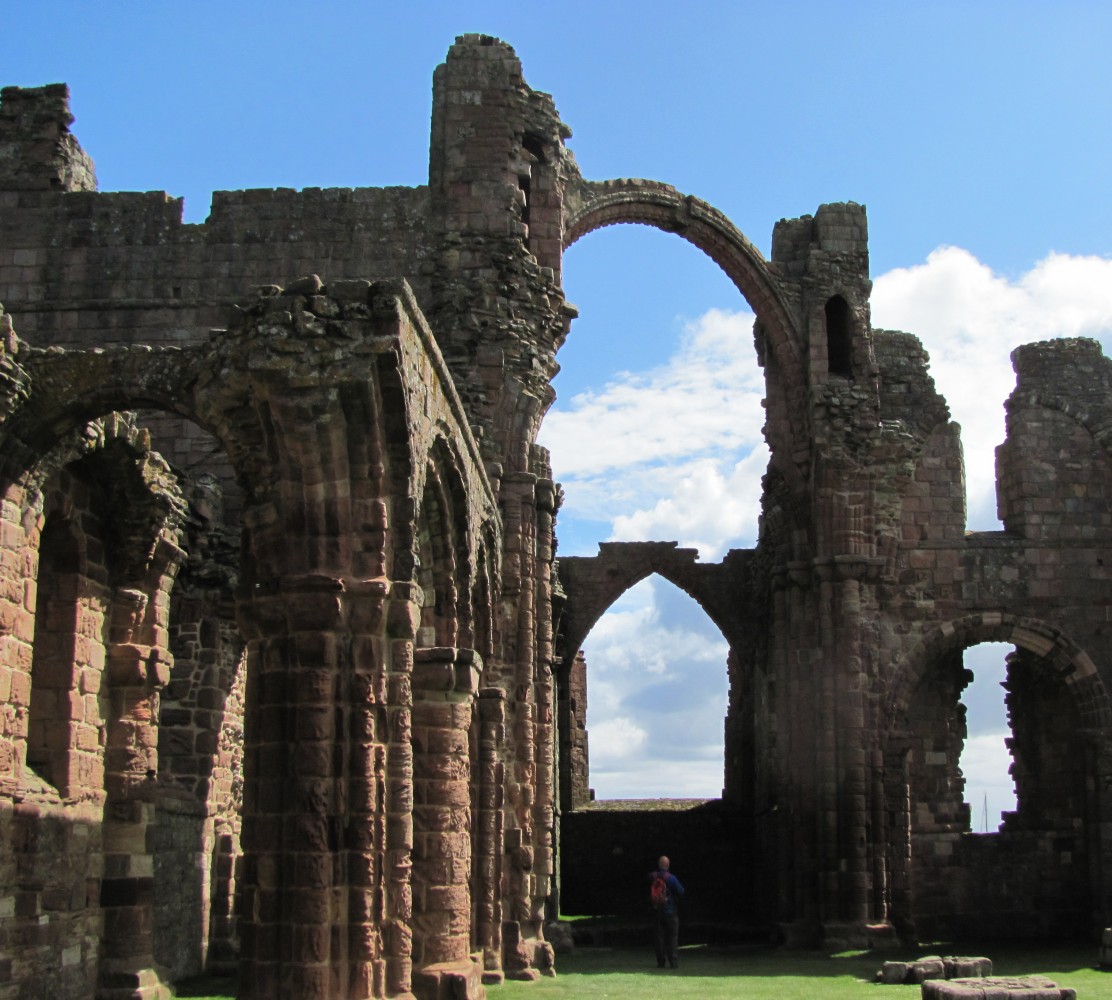
The cover of McKinley’s retelling. This may be the book I have reread the most in my life.
Growing up, there were certain things brown-haired, bespectacled, nerdy girls had in common. We knew Belle was the best Disney princesses (even if the Disney princess machine was not quite a *thing* yet in the early 90s). But we also knew Disney blatantly stole the best parts of its classic 1991 feature film from Robin McKinley’s 1978 debut novel Beauty: A Retelling of Beauty and the Beast. Ok, I can’t back that claim up. But still … Giant libraries containing every book you could ever want to read … including books that had never been written! A castle full of enchanted servants! A prince who was probably more attractive when he was the beast … you get the idea.
I was reminded of McKinley’s take on the tale as old as time earlier this week when we went to see local Mount Vernon Arts’ production of the Disney stage musical (a really great production, by the way!). For while Disney owes much to the original story, not to mention McKinley’s depiction of the bookish bell, the mouse industrial complex made one (unsurprising) change to its source material. The Disney version of makes Beauty and the Beast a story about “love.” The Beast must learn to love another, and be loved in return. At no point is there any question — this is a story of romantic “true” love.
It has to be noted that this is quite a significant departure from more conventional retellings of the tale, whether that be McKinley’s two versions (she wrote a subsequent novel Rose Daughter in 1997) or Jean Cocteau’s 1946 cinematic classic (also undoubtedly an influence on Disney). Typically, the Beast’s objective is not to get a young woman to fall in love with him, but rather agree to marry him. As Beauty and the Beast grow closer in trust and friendship, their nightly dinner together is punctuated by the Beast’s poignant question: “Will you marry me?”
As a kid, the terms of the Beast’s enchantment in Disney’s version struck me as more desirable. After all, in those other stories, the Beast (at least initially) does not particularly care if Beauty “falls in love” with him. “Love” as a concept is beside the point. He just needs to find someone — anyone — to agree to marry him. Disney, in its every more romantically aspirational way, connects the Beast’s plight with the concept of “love.” Love is transformative. Love is redemptive. Especially romantic love.
That is all well and good. But “love”–especially that oh so idealized romantic love–is also very abstract. What does it mean for the Beast to fall in love with Belle, or for Belle to fall in love with the Beast? At what non-arbitrary point in their feelings for one another do we cross this magical threshold into Disney-fied “TRUE LOVE”? For all the seeming lack of romantic sentiment to the traditional story of “Beauty and the Beast”, there is certainly weight behind the Beast’s nightly proposal to Beauty. The terms of the Beast’s enchantment will be lifted not when he can entice another being to “feel” some abstract emotion, but when that love is lived out in action — in the agreement to marriage, with all the mundane, daily acts of commitment and self-sacrifice that entails. There is something far more real, far more tangible, behind the traditional tale’s call for Beauty to be willing not just to feel some warm fuzzy feelings for the Beast but ultimately to agree to marry him. It makes for a much more powerful story.
Love requires action. For all that the Disney version seems to promote an abstract concept of emotional “feeling” we nevertheless see the end of the Beast’s imprisonment only when that love is followed up in action. The Beast allows Belle to return to her father. Belle comes back and admits her feelings to the Beast.
We hear many cries for “love” all around us. Genuine “love” for one another is the solution to the gaping racial chasm that exists in our country. “Love” will heal our political divisions. In the language of our faith, we speak of “love” for God and for our neighbor as the source of our salvation. And yet “love” is not an abstract feeling. Love, especially Christian love, must be an incarnational reality. Our love is lived out and made know in how we give of ourselves to one another. One might say indeed we are indeed “saved” (for lack of a better term) not by faith or love alone, but by the works of charity, compassion, self-sacrifice born out of our love for one another. What will we do to make that love known?

Squees to you on loving Robin McKinley, too. My own copy of Beauty is decidedly battered (it might be the book I’ve re-read the most, as well).
We moved a couple weeks ago and now I can’t find my copy! This is deeply upsetting me. I get very emotionally attached to the physical copies of books I love
I like MLK’s definition of “agape” as the kind of love we can have for one another (in Loving Your Enemy).